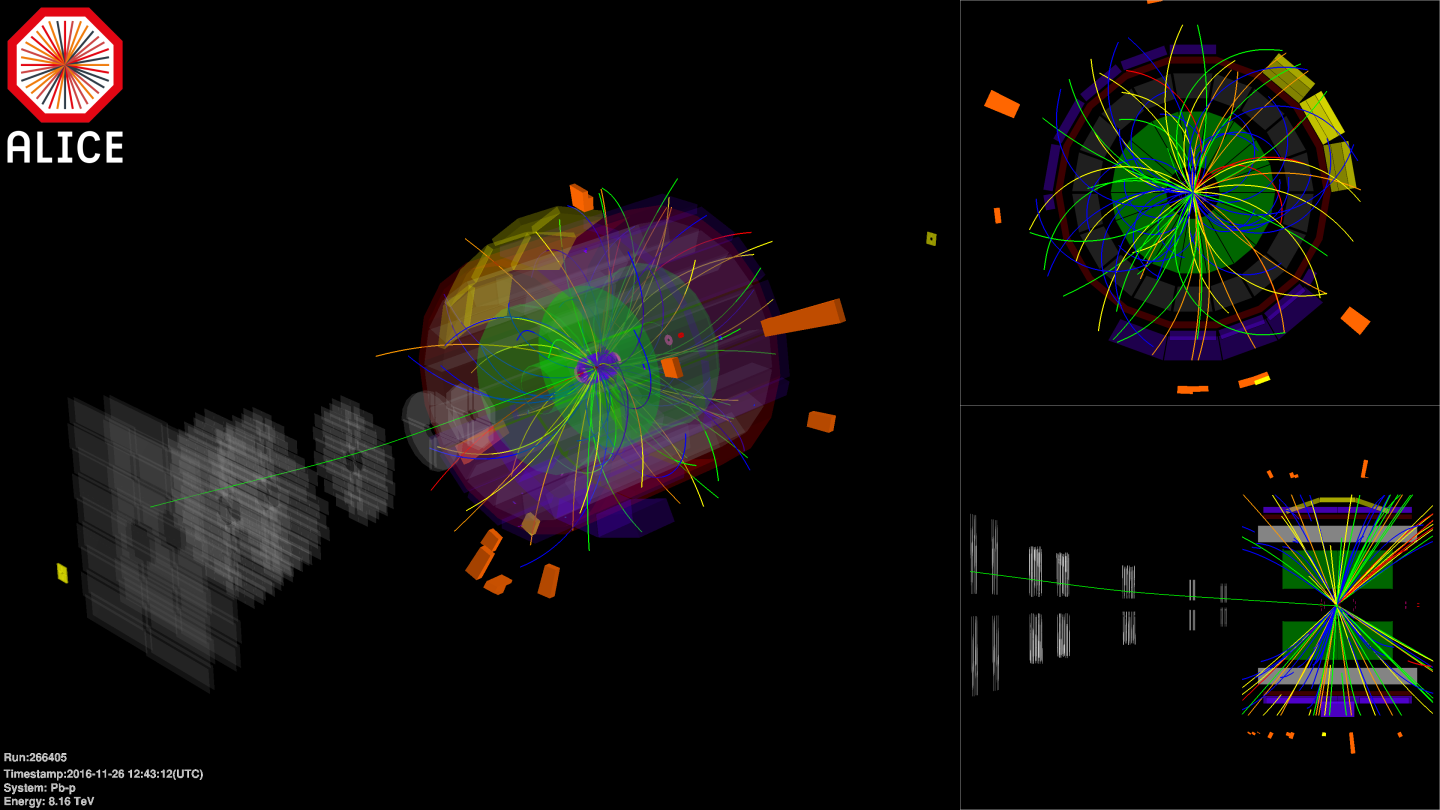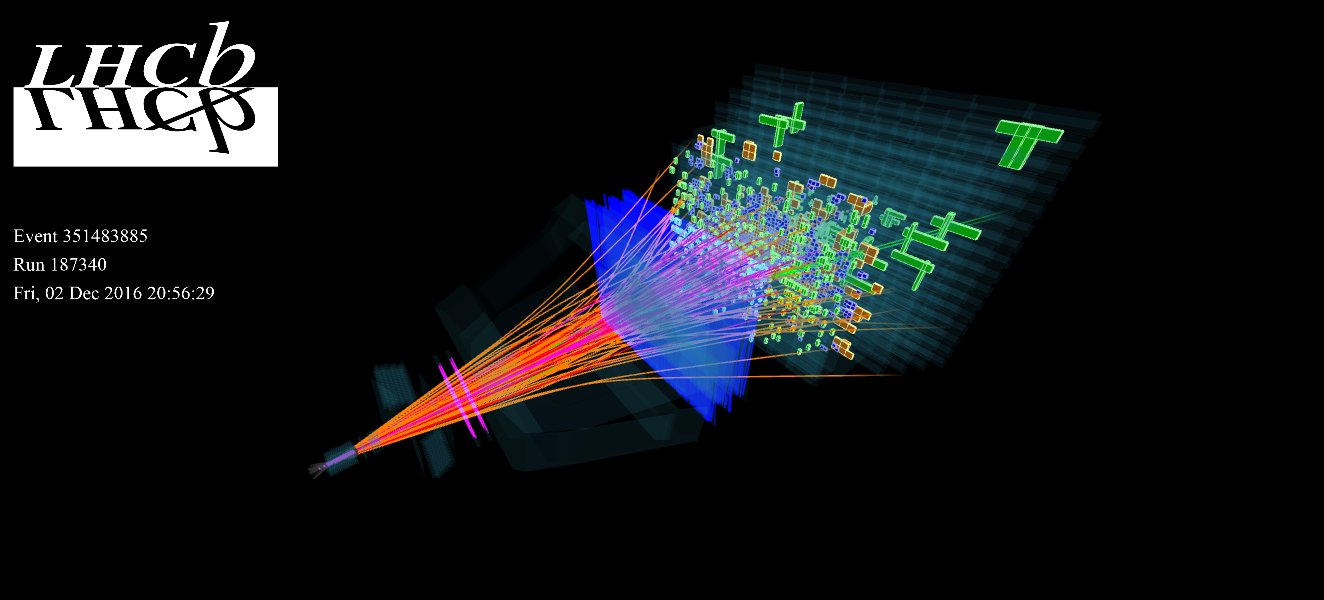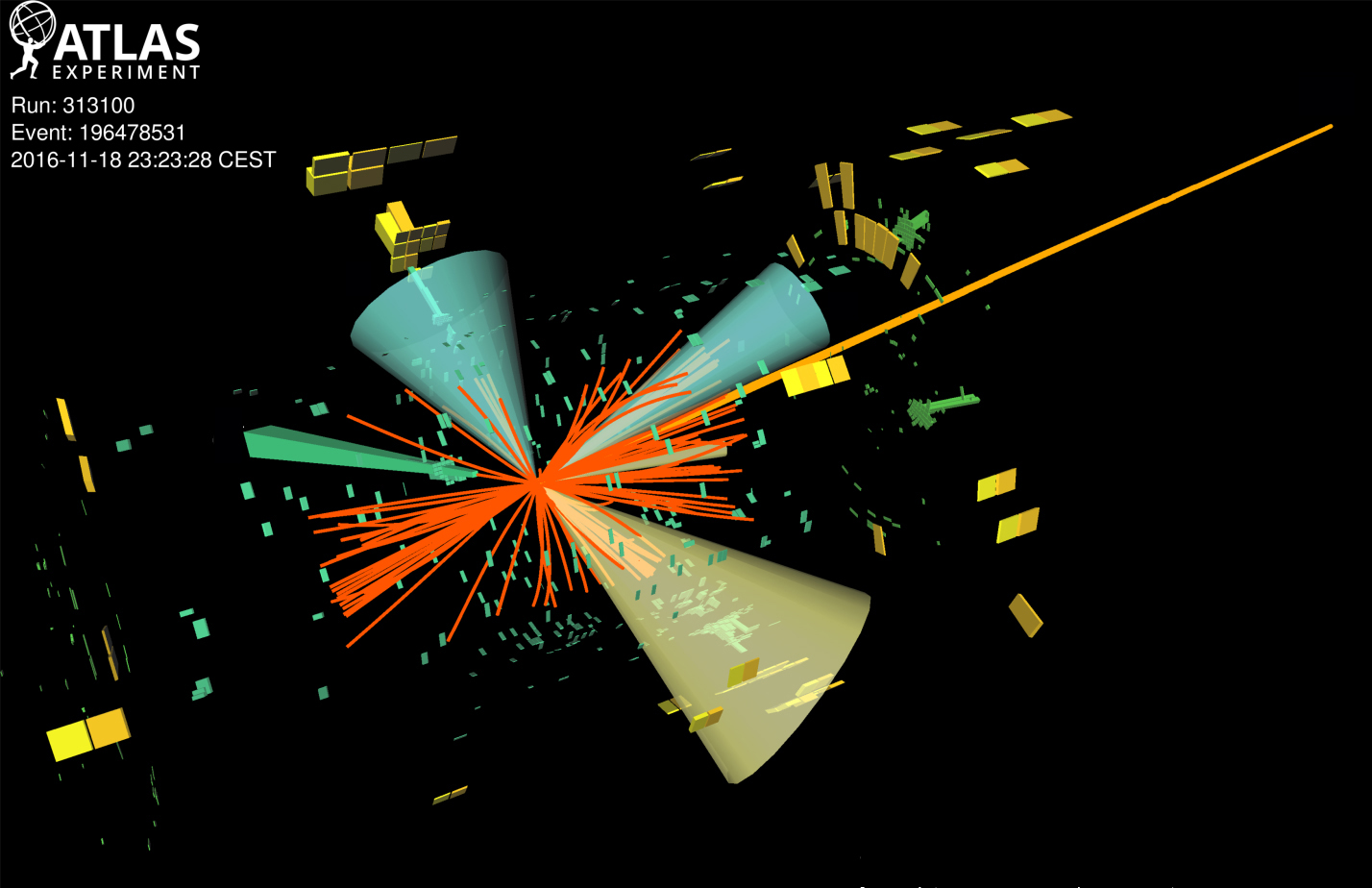It's the particles’ last lap of the ring. On 5 December 2016, protons and lead ions circulated in the Large Hadron Collider (LHC) for the last time. At exactly 6.02am, the experiments recorded their last collisions (also known as 'events').
When the machines are turned off, the LHC operators take stock, and the resulting figures are astonishing.
The number of collisions recorded by ATLAS and CMS during the proton run from April to the end of October was 60% higher than anticipated. Overall, all of the LHC experiments observed more than 6.5 million billion (6.5 x 1015) collisions, at an energy of 13 TeV. That equates to more data than had been collected in the previous three runs combined.

In technical terms, the integrated luminosity received by ATLAS and CMS reached 40 inverse femtobarns (fb−1), compared with the 25fb−1 originally planned. Luminosity, which measures the number of potential collisions in a given time, is a crucial indicator of an accelerator’s performance.
“One of the key factors contributing to this success was the remarkable availability of the LHC and its injectors,” explains Mike Lamont, who leads the team that operates the accelerators. The LHC’s overall availability in 2016 was just shy of 50%, which means the accelerator was in 'collision mode' 50% of the time: a very impressive achievement for the operators. “It’s the result of an ongoing programme of work over the last few years to consolidate and upgrade the machines and procedures,” Lamont continues.

For the last four weeks, the machine has turned to a different type of collision, where lead ions have been colliding with protons. “This is a new and complex operating mode, but the excellent functioning of the accelerators and the competence of the teams involved has allowed us to surpass our performance expectations,” says John Jowett, who is in charge of heavy-ion runs.
With the machine running at an energy of 8.16 TeV, a record for this asymetric type of collision, the experiments have recorded more than 380 billion collisions. The machine achieved a peak luminosity over seven times higher than initially expected, as well as exceptional beam lifetimes. The performance is even more remarkable considering that colliding protons with lead ions, which have a mass 206 times greater and a charge 82 times higher, requires numerous painstaking adjustments to the machine.
The physicists are now analysing the enormous amounts of data that have been collected, in preparation for presenting their results at the winter conferences.

Meanwhile, CERN’s accelerators will take a long break, called the Extended Year End Technical Stop (EYETS) until the end of March 2017. But, while the accelerators might be on holiday, the technical teams certainly aren’t. The winter stop is an opportunity to carry out maintenance on these extremely complex machines, which are made up of thousands of components. The annual stop for the LHC is being extended by two months in 2017 to allow more major renovation work on the accelerator complex and its 35 kilometres of machines to take place. Particles will return to the LHC in spring 2017.


